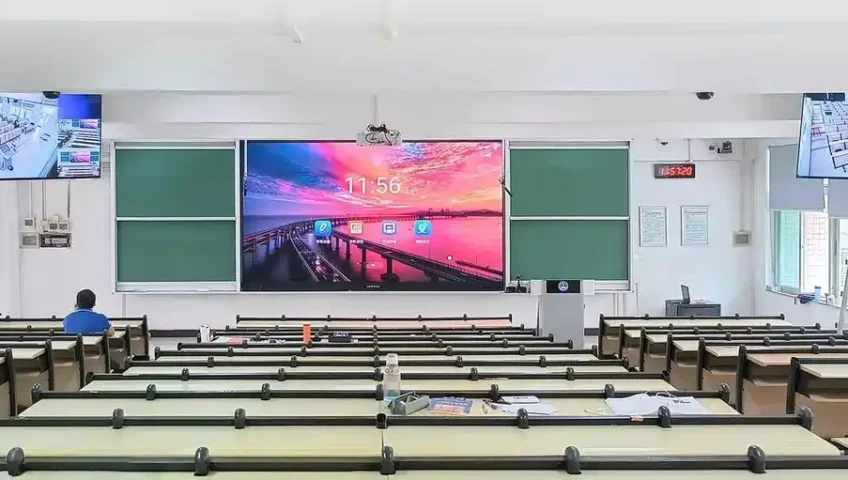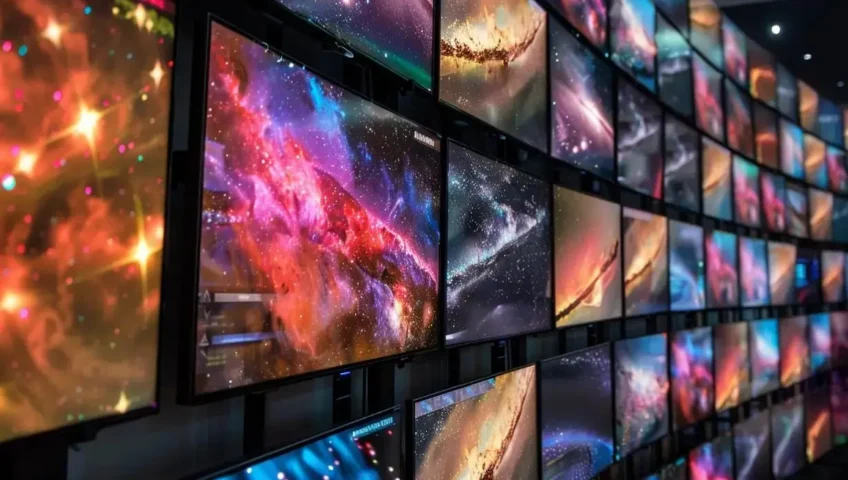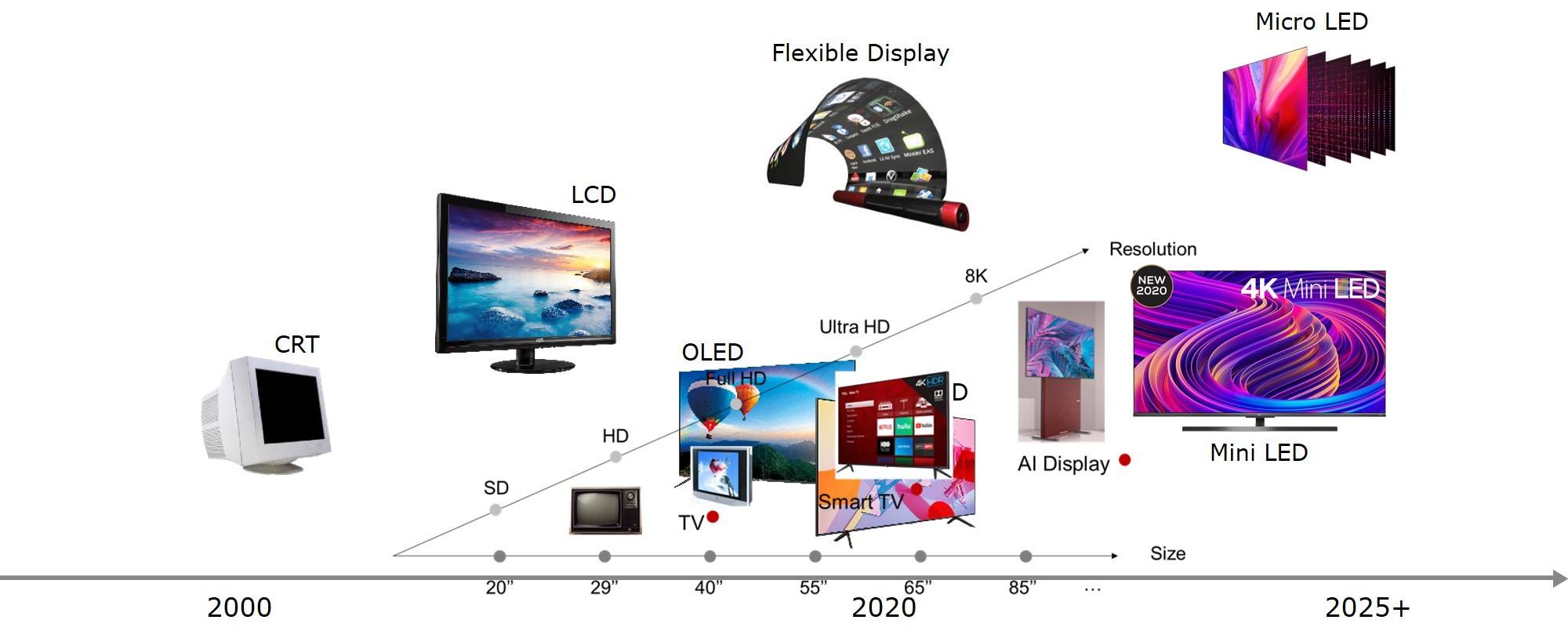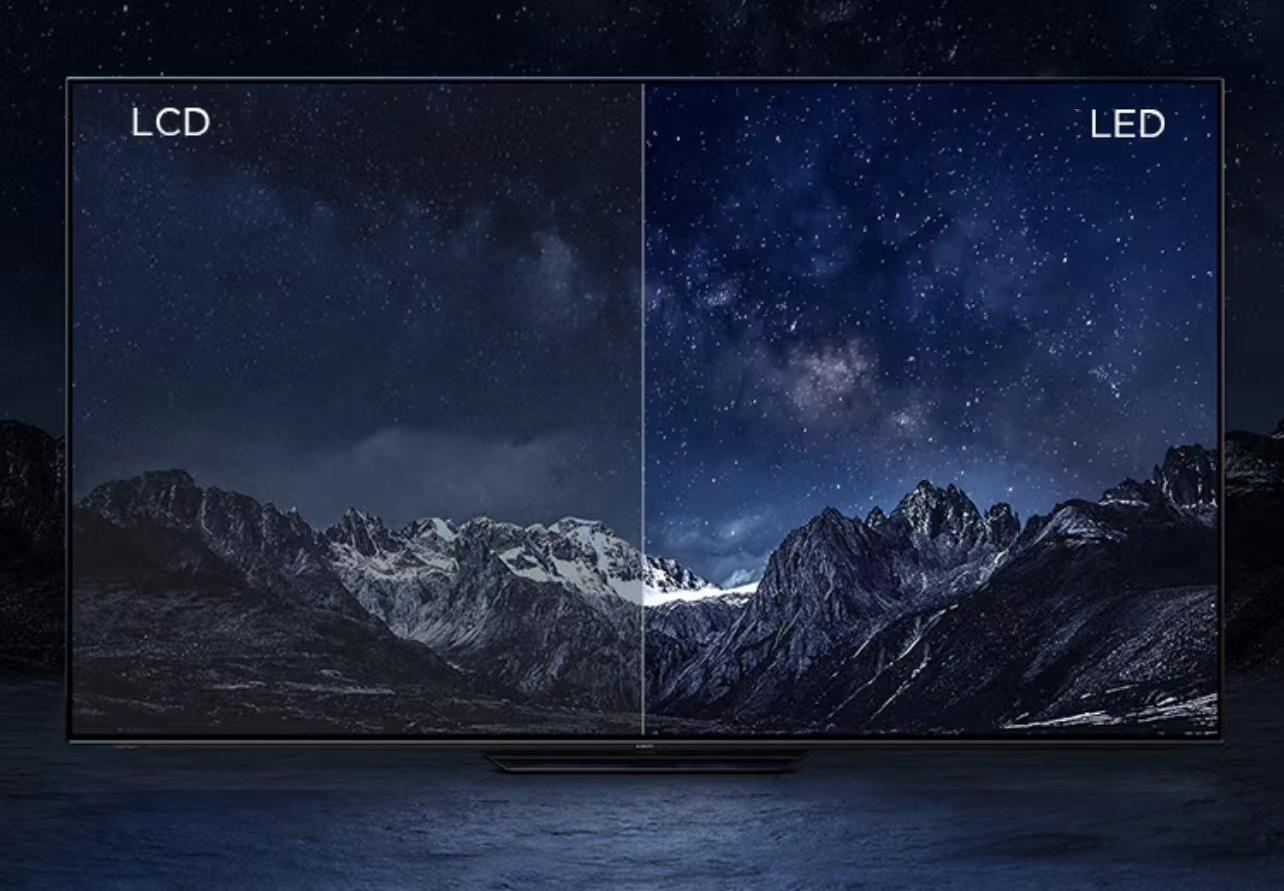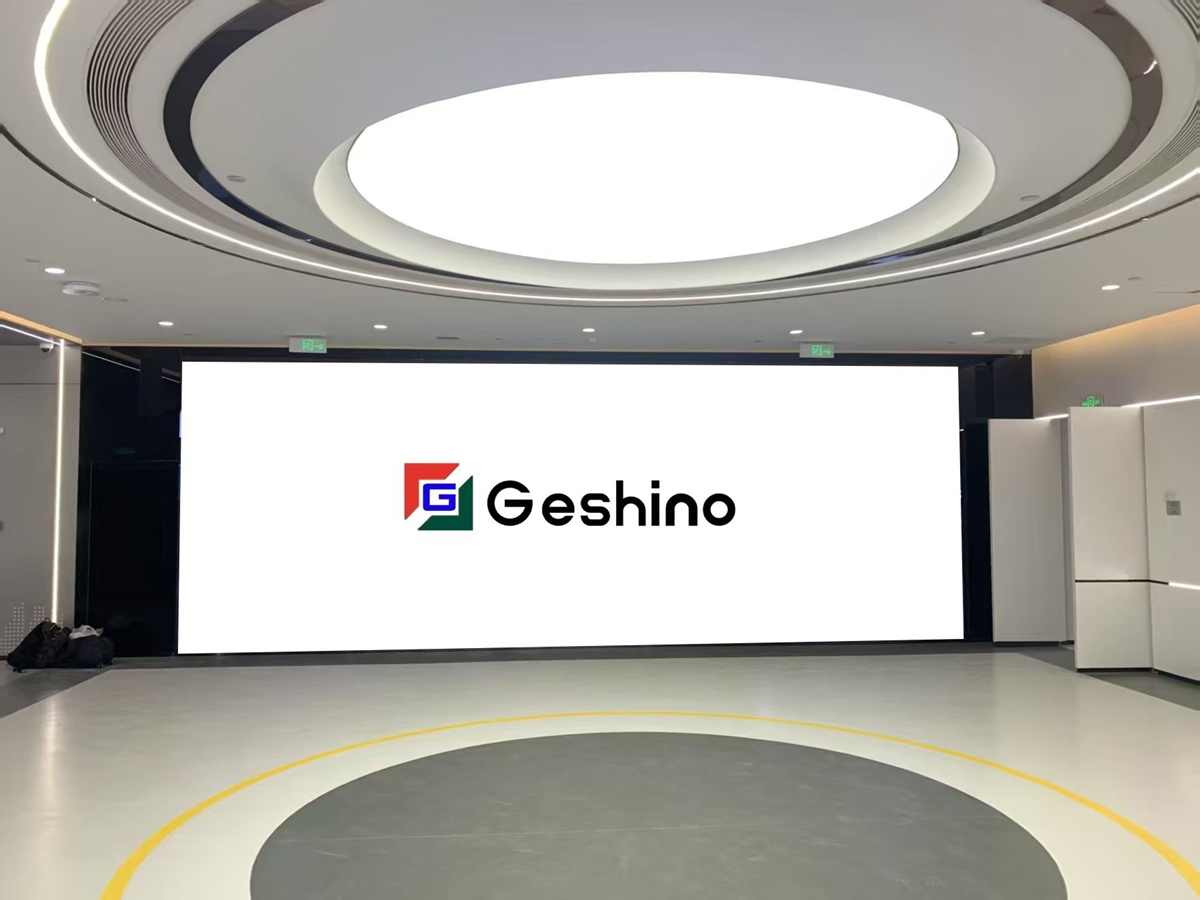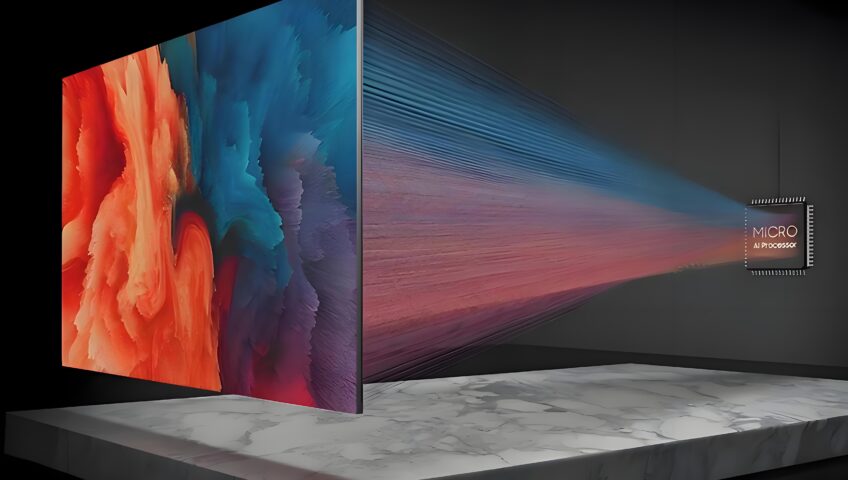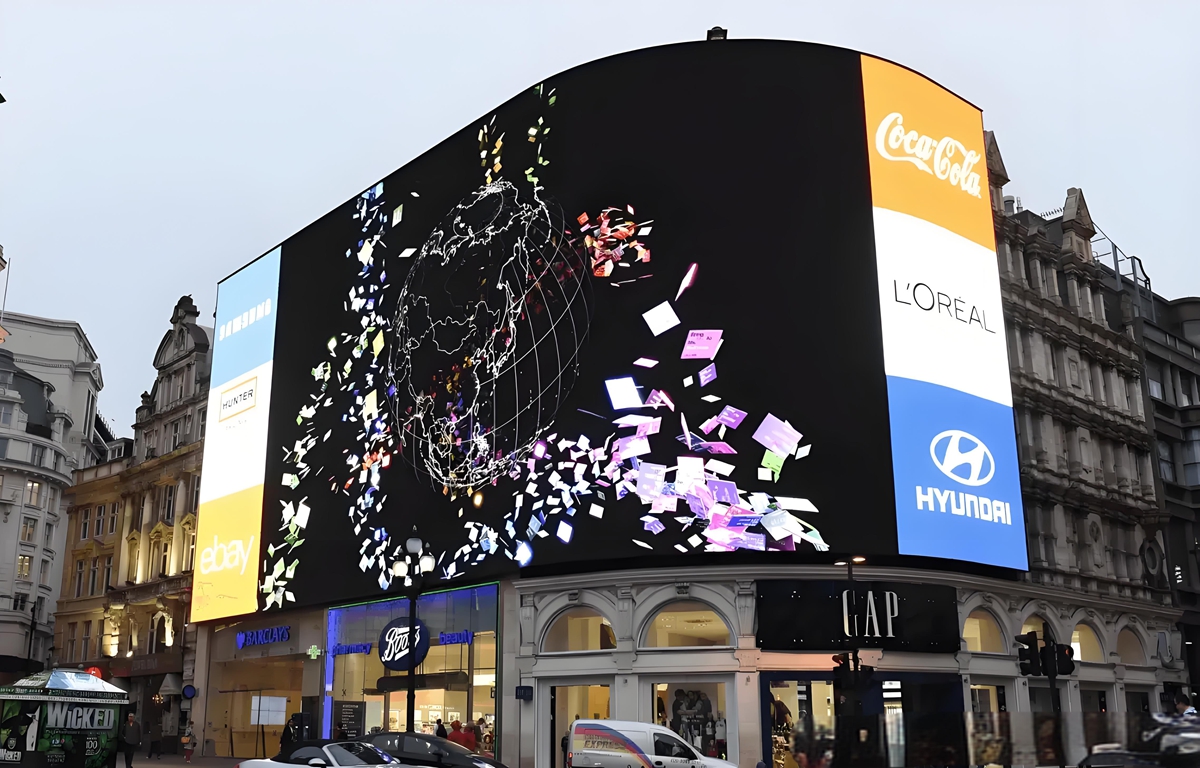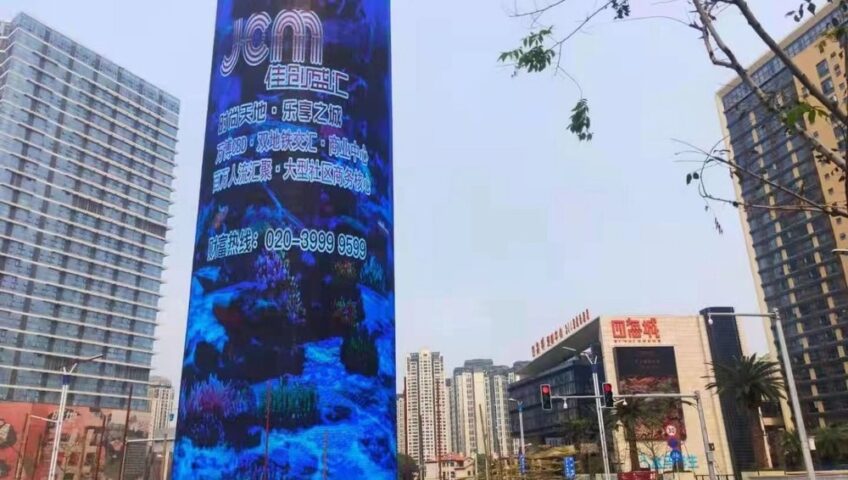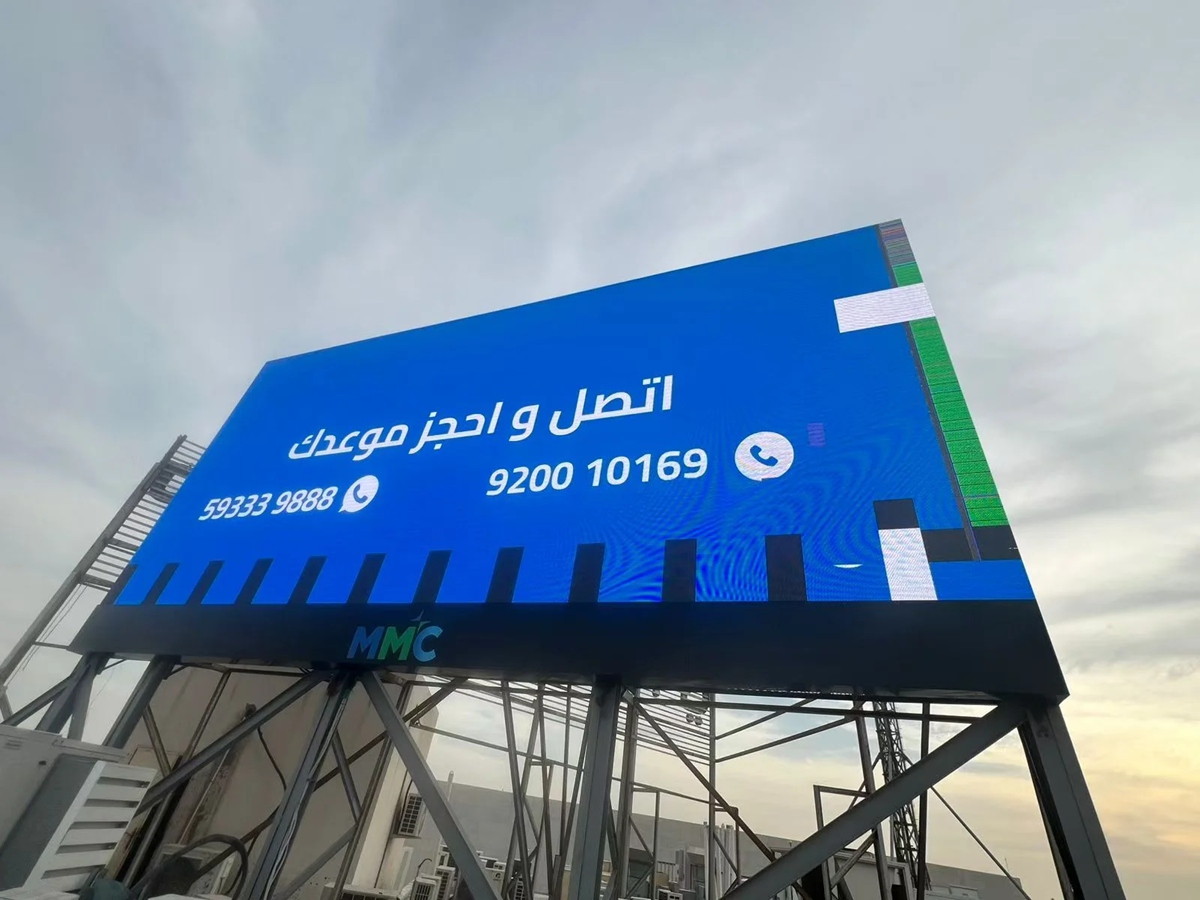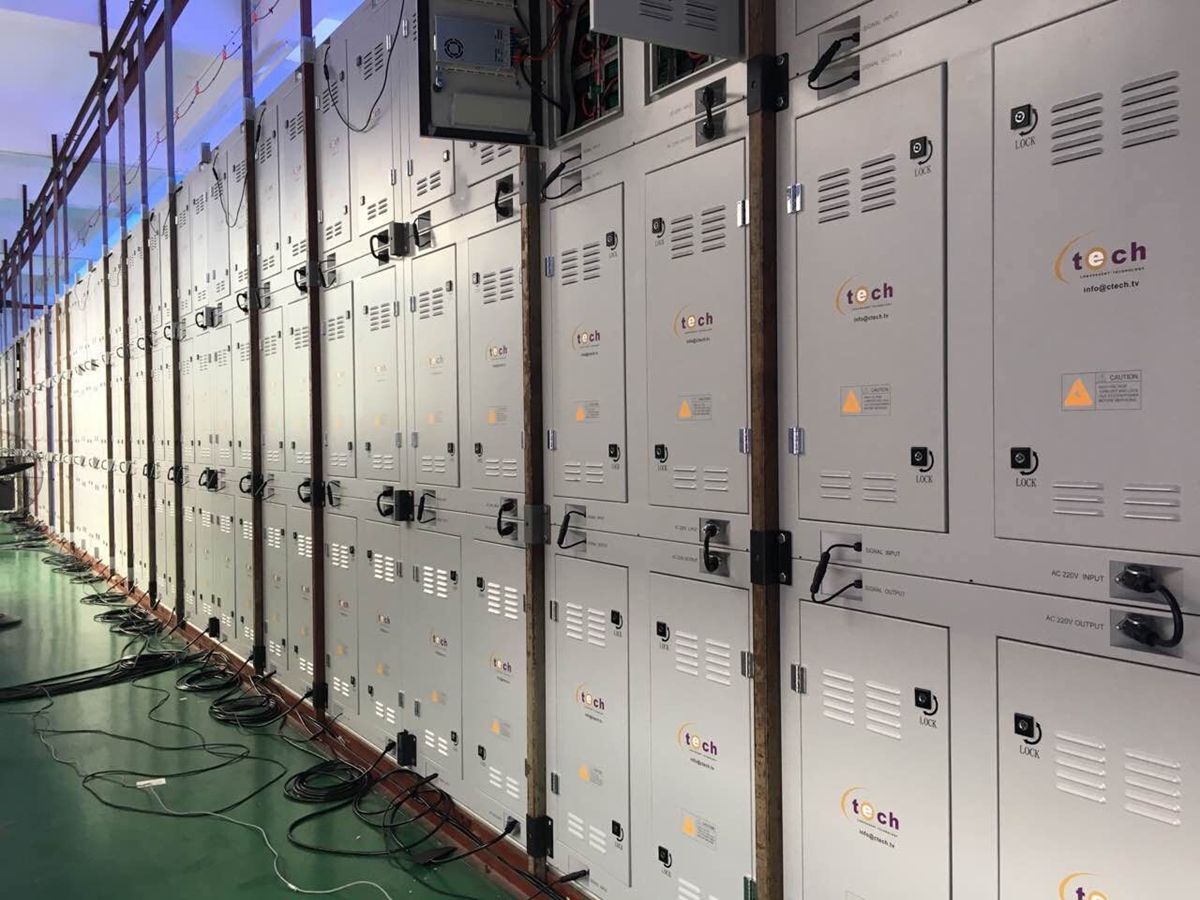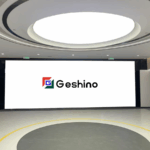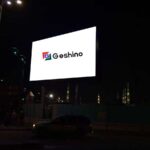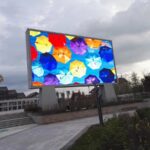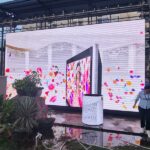Imagine a wall full of happy and engaging color and content that captures your reader’s immediate attention. LED video walls are no longer a thing of the future as they are a powerful business tool of today.
LED video walls enhance brand visibility, deliver immersive customer experience, raise sales and improve internal communication and more. Businesses that want to create an impact know they are the secret weapon.
In this guide, we’re going to see how LED video walls can revolutionize the way your business strategy is executed, and help you achieve your business goals.
Ready to start the power of dynamic displays activated? Read on!
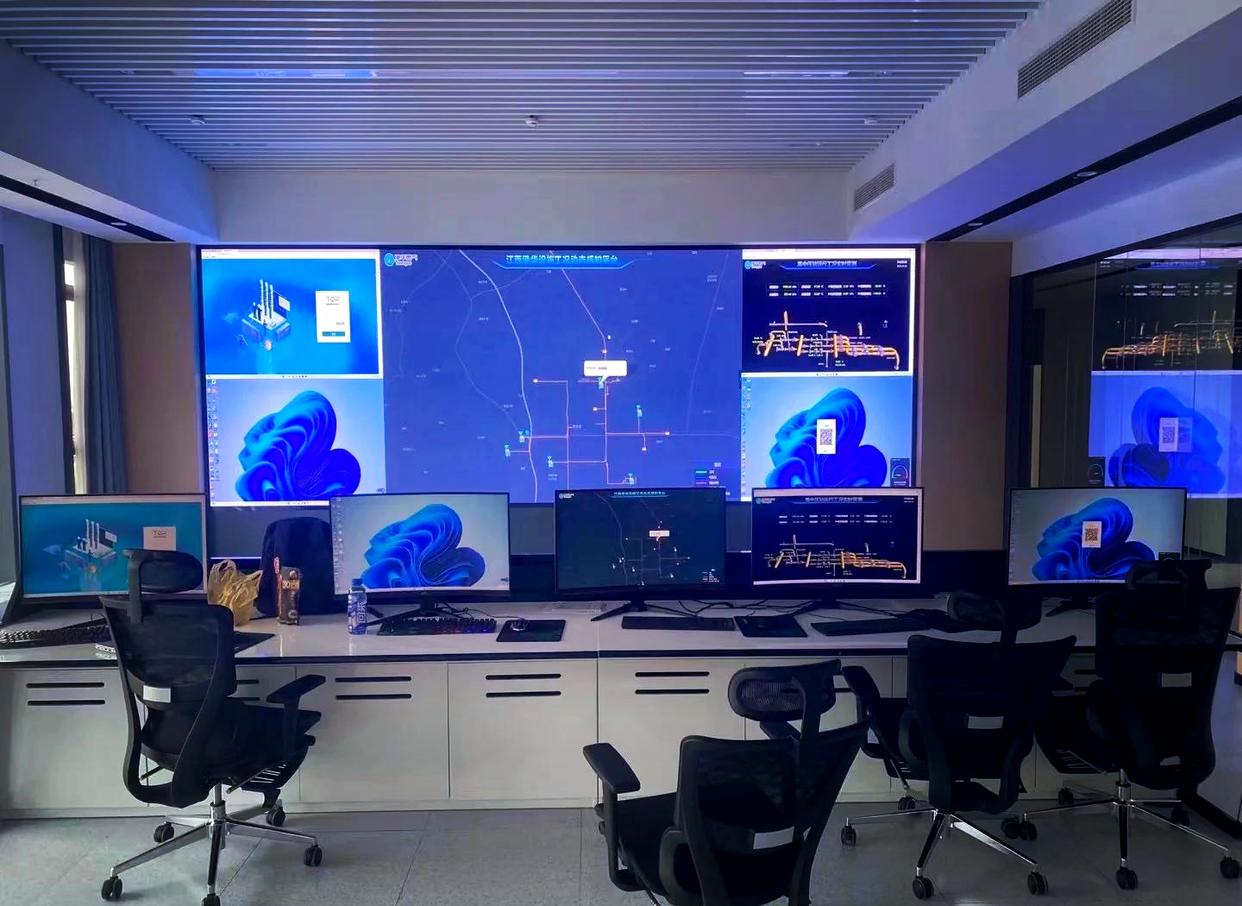
What are LED Video Walls? A Closer Look
LED video walls are composed of multiple individual LED panels or tiles which are seamlessly connected to create a high impact visual surface.
Unlike traditional displays, LED video walls have extremely high brightness, contrast and scalability making them to be any size or shape. With this modular design, this technology provides unparalleled flexibility and enables them to be used in any number of applications such as from luring advertising displays in busy city centers, immersive experiences in retail environments and dynamic backdrops for stage performances.
They’re a powerful tool for visual communication with their ability to deliver high resolution, vibrant imagery.
4 Key Benefits of LED Video Walls for Businesses
There are many benefits to LED video walls which not only influence your business’s communication but marketing and productivity as well. Engaging dynamic displays drive eyeballs to the brand and sell things, and that’s what business is all about.
Let’s explore 4 key benefits in detail:
● Captivate Audience with Immersive Experiences
LED video walls are unparalleled in the ability to grab attention and achieve truly immersive experiences. With their large size, vibrant colors and dynamic content, they create moments that people will remember.
Picture walking into a museum and being welcomed by a large video wall with beautiful images of amazing old things or a browseable interactive that allows you to dig into historic events. These immersive experiences increase visitor engagement and build a lasting impression on people visiting.
Video walls can become dynamic window displays or in store experiences that take customers to another world and drive sales and brand connection in retail.
LED Video walls start converting passive viewing to active participation in public spaces, from interactive art installations in public spaces to enthralling presentations at conferences.
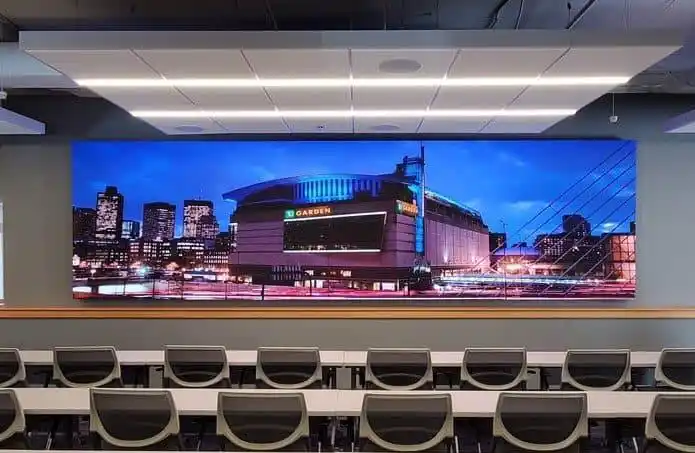
● These LED Walls Boost Brand Visibility
In today’s market you need to stand out from the crowd. LED video walls are a powerful solution to enhance your brand visibility and make a strong brand image. Because of their sheer size and brightness, they are highly visible, even from a distance, LED walls provide your brand message to a wide audience.
Corporate setups can use video walls in lobbies or reception areas as a powerful tool to make a first impression on visitors. Everything from demonstrating company values to highlighting achievements, posting welcome messages to keeping on brand in a professional, warm way is possible with them.
Furthermore, video walls are dynamic and feature frequent content updates keeping your brand message fresh and relevant.
● Sales Improves with Effective Marketing
LED video walls are very effective sales driving tools and achieve better marketing ROI. They can show dynamic content to the possibility of targeted ad campaigns, product demonstrations and promotional offers. Video walls used in retail can be used to display new product launches, special deals or create interesting in store experiences that help increase purchases.
What if you were walking into a clothing store and there was a video wall showing you the latest fashion trends, how to style them with product information? The dynamic nature of this presentation has a major impact on purchasing decisions.
The video walls can display operational data, including such figures as sales, and customer opinions regarding certain products that the marketing departments can use to evaluate performance and change mistakes swiftly.
As such, you are optimising your marketing efforts and ensuring that your information reaches the right audience at the right time.
● Information Sharing and Communication Both Improves
Other than marketing or advertising, LED video walls do serve as a communication and information sharing tool. Because of all the things they can do, they can be the perfect tool to use for important corporate use, whether you want to use them for presentations, video conferencing or for any kind of internal communications, making sure that the important messages are delivered is always effective and engaging.
In the public space (airports, transportation hubs, etc.) video walls can use real time information, for instance the flight schedule, traffic information or emergency alert. This way, important information is there for the public, communication is improved and safety is increased.

Technical Considerations for Choosing an LED Video Wall
While size and budget are the first things to consider when choosing an LED video wall, there are many other factors to consider when choosing an LED Video Wall. If you know these factors, you’ll make better decisions based on your facts and achieve your optimal results.
- Pixel Pitch and Resolution: Image sharpness has to do with pixel pitch (distance between pixels). Higher resolution and better close up viewing means smaller pitch. Decide according to the viewing distance.
- Brightness and Contrast:It is about the brightness (nits) in various lighting. For outdoor use, it needs higher brightness. Image depth and detail are affected by Contrast ratio.
- Refresh Rate and Processing: Video smoothness is measured in Hz aka refresh rate. Fast motion content requires higher refresh rates. Its powerful processing guarantees you smooth performance.
- Installation and Maintenance:You should professionally install LED video walls. Long term performance and reliability is assured by regular maintenance. Select a provider that provides support services.
If you carefully consider these technical factors then you can choose an LED video wall just right for you at the best possible results. It promises a good investment and the best returns of your visual communication strategy.
Partner with Geshino for Your Ideal LED Video Wall Solution
Selecting the right LED Video Wall for your business is a tricky decision and Geshine is there to assist with that.
Our wide range of high quality, innovative led video wall solutions enables us to provide a solution to your requirements.
You are by our side from the time of design to installation all the way to maintenance and support.
If you like to chat about your project and see how we can help you realise your vision then call us today for a free consultation or visit our website and chat to us.

